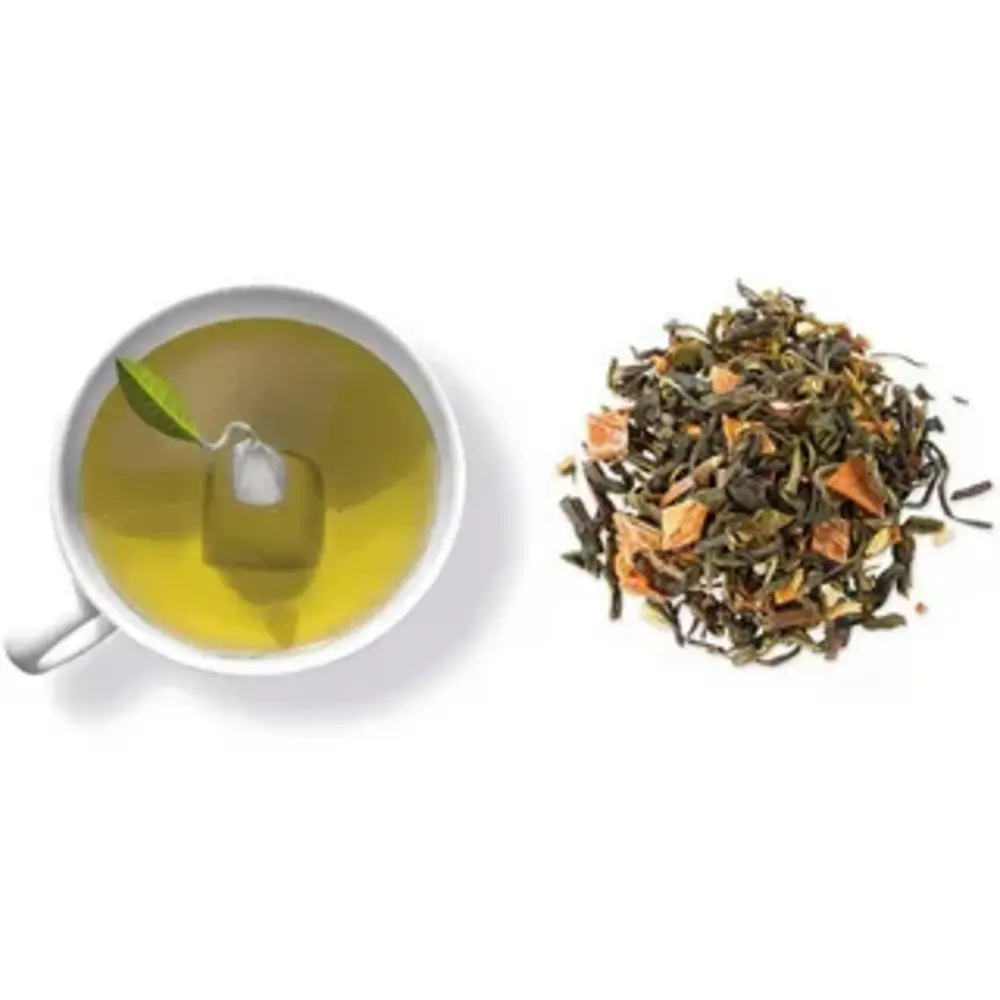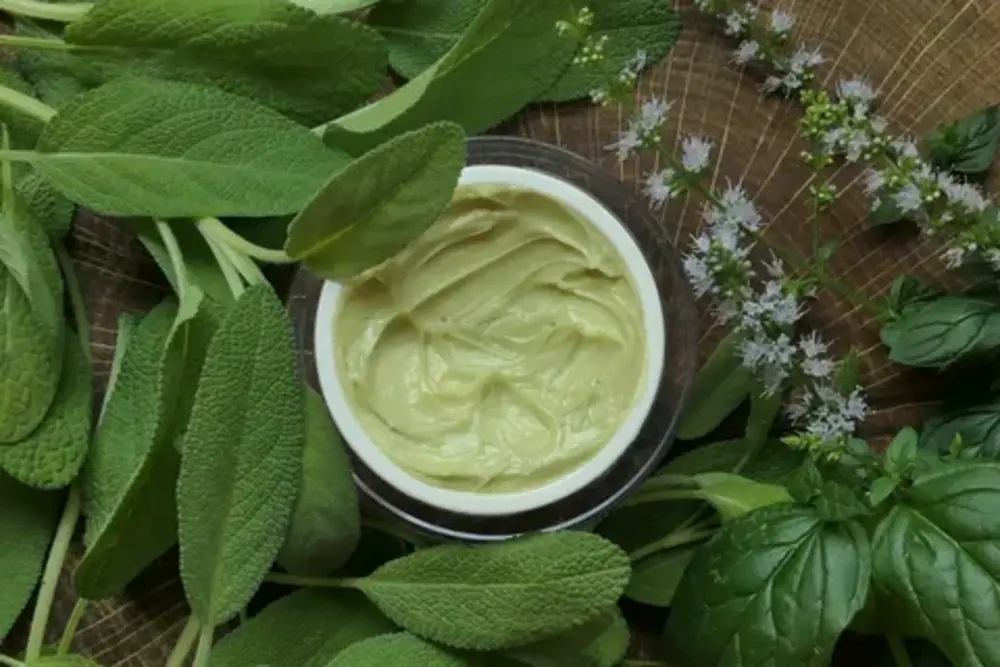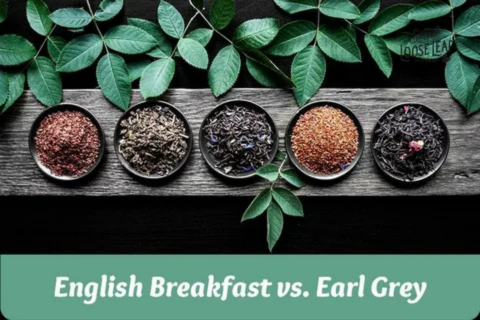Green tea vs jasmine green tea: compare flavor, aroma, processing, and health benefits to choose the tea that best fits your taste and wellness needs.
Introduction
When it comes to choosing a healthy and flavorful beverage, the debate of green tea vs jasmine green tea often comes up. Both teas share the same green tea base, yet their taste, aroma, and even subtle health benefits can differ significantly. While plain green tea is celebrated for its fresh, grassy flavor and powerful antioxidants, jasmine green tea offers a fragrant floral aroma that adds a soothing dimension to your cup. Understanding these differences can help you make an informed choice based on your taste preferences, caffeine needs, and wellness goals. In this guide, we’ll break down everything you need to know.
What is Green Tea?
Green tea is one of the most popular teas worldwide, derived from the leaves of the Camellia sinensis plant. Unlike black or oolong tea, green tea undergoes minimal oxidation during processing, which preserves its natural green color, fresh flavor, and potent antioxidants. Its taste is often described as fresh, grassy, or slightly vegetal, making it a favorite among tea enthusiasts who enjoy a clean and straightforward cup.
Rich in catechins and polyphenols, green tea is celebrated for its health benefits, including boosting metabolism, supporting heart health, and promoting overall well-being. It also contains caffeine, though generally in moderate amounts compared to coffee, which can provide a gentle energy lift without causing jitters for most people.
When exploring green tea vs jasmine green tea, it’s important to understand that green tea serves as the base for many flavored varieties, including jasmine. Choosing a high-quality green tea with minimal processing ensures maximum flavor and health benefits. Proper brewing—using water at around 175–185°F (80–85°C) and steeping for 2–3 minutes—preserves its delicate taste and nutrients, making it an essential foundation for understanding how green tea compares to its jasmine counterpart.
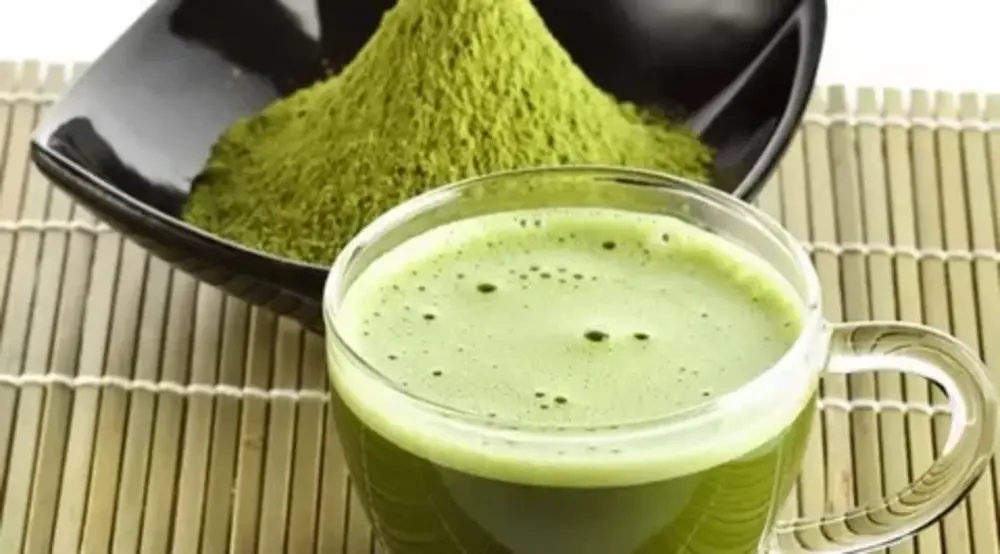
What is Jasmine Green Tea?
Jasmine green tea is a fragrant variation of traditional green tea, carefully scented with jasmine blossoms. The process begins with high-quality green tea leaves, which are dried and then layered with fresh jasmine flowers. Over several hours or sometimes overnight, the leaves absorb the delicate aroma and subtle sweetness of the jasmine, creating a tea that is both soothing and flavorful. This natural scenting method ensures that the floral notes complement rather than overpower the grassy taste of the green tea base.
In terms of health benefits, jasmine green tea shares many properties with plain green tea, including antioxidants, catechins, and moderate caffeine content. The added jasmine aroma, however, may offer additional calming effects, helping reduce stress and enhance relaxation. Its unique flavor profile—combining the fresh taste of green tea with a floral, slightly sweet aftertaste—makes it a popular choice for those seeking variety beyond plain green tea.
When comparing green tea vs jasmine green tea, the primary difference lies in aroma and taste rather than basic health benefits. Understanding these distinctions can help tea drinkers select the right option based on personal preference, brewing style, and desired sensory experience.

Green Tea vs Jasmine Green Tea: Key Differences
| Aspect | Green Tea | Jasmine Green Tea |
|---|---|---|
| Flavour & Aroma | Fresh, grassy, vegetal taste | Same base flavour + sweet, floral jasmine aroma |
| Aroma Strength | Mild and natural | Stronger, fragrant, floral scent |
| Processing Method | Steamed or pan-fired to prevent oxidation | Same process plus scenting with jasmine flowers (may be repeated multiple times) |
| Caffeine & Compounds | Contains caffeine, catechins, polyphenols | Similar levels; scenting process doesn’t change compounds significantly |
| Relaxation Effect | Naturally calming due to antioxidants | Jasmine aroma adds additional calming, soothing effect |
| Taste Preference | For those who prefer pure, clean tea flavour | For those who prefer fragrant, slightly sweet flavour |
| Daily Use | Suitable for daily consumption | Also suitable for daily drinking |
| Overall Appeal | Simple, natural, traditional taste | Aromatic, floral, elegant beverage |
Health Benefits Compared
When evaluating green tea vs jasmine green tea, both teas provide a wealth of health benefits thanks to their shared green tea base. Rich in antioxidants, particularly catechins and polyphenols, they support heart health, improve metabolism, and contribute to overall wellness. Regular consumption of green tea has been linked to enhanced fat oxidation, better blood sugar regulation, and a reduced risk of chronic diseases.
Jasmine green tea offers many of the same benefits due to its green tea foundation. Additionally, the aromatic properties of jasmine flowers may promote relaxation, reduce stress, and enhance mood. The soothing floral scent can complement the energizing effects of caffeine, creating a balanced experience that supports both alertness and calmness.
Caffeine content is another consideration. Both teas provide moderate caffeine, with green tea typically slightly higher, though the difference is minimal. This makes both options suitable for most tea drinkers seeking a gentle energy boost without the jitters associated with coffee.
For those concerned with weight management, both green tea and jasmine green tea can support metabolism and fat oxidation. However, the choice between green tea vs jasmine green tea often comes down to flavor and sensory preference rather than significant differences in health benefits. Selecting high-quality leaves and proper brewing techniques ensures maximum antioxidant retention and optimal results.
In summary, whether you choose plain green tea or jasmine green tea, you’re gaining a beverage rich in beneficial compounds that promote health while providing a satisfying, flavorful experience.
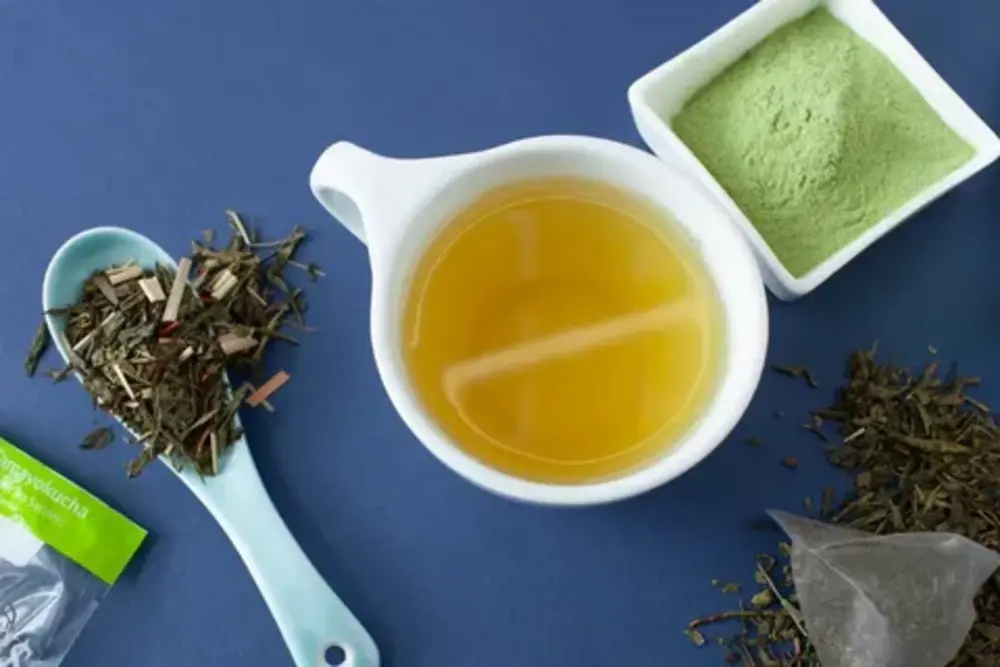
Brewing & Taste Considerations
Brewing is a key factor in distinguishing green tea vs jasmine green tea. Proper preparation ensures that both teas deliver optimal flavor, aroma, and health benefits.
Green Tea Brewing: To enjoy plain green tea, use water heated to approximately 175–185°F (80–85°C) to avoid bitterness. Steep the leaves for 2–3 minutes, adjusting to taste. High-quality green tea offers a fresh, grassy flavor with a subtle vegetal undertone. Oversteeping or using boiling water can result in a bitter, astringent cup.
Jasmine Green Tea Brewing: Jasmine green tea requires similar water temperature, but the floral aroma is delicate and can be lost with overly hot water. Steep the tea for 2–3 minutes, allowing the leaves to release the jasmine fragrance alongside the green tea base. The resulting flavor is smoother, with a subtle sweet and floral aftertaste that differs from plain green tea.
Taste Considerations: Choosing between green tea vs jasmine green tea often comes down to personal preference. If you enjoy a pure, fresh, slightly grassy cup, green tea is ideal. If you prefer a tea with a soothing floral aroma and lightly sweet notes, jasmine green tea is the better choice.
Selecting high-quality leaves, using the correct temperature, and steeping for the recommended time will enhance the experience of either tea, allowing you to appreciate their unique flavor profiles and benefits.
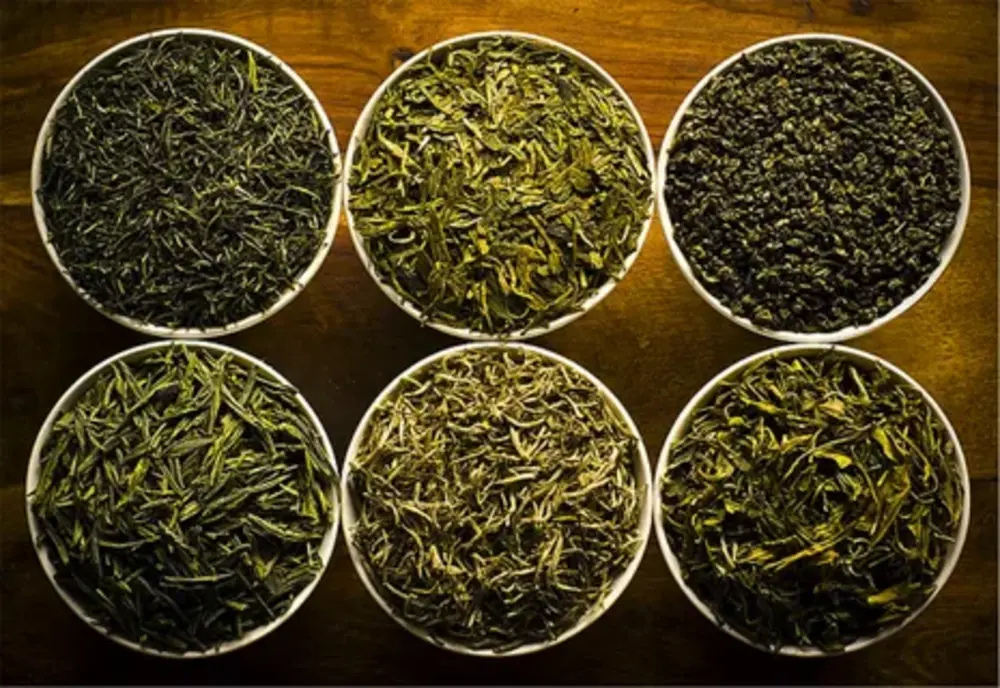
Which Should You Choose?
Deciding between green tea vs jasmine green tea ultimately depends on your taste preferences, lifestyle, and desired experience.
If you enjoy a clean, fresh, and slightly grassy flavor, plain green tea is ideal. It delivers robust antioxidants, moderate caffeine, and a straightforward taste that pairs well with meals or morning routines. Green tea is also versatile for those focused on metabolism, weight management, or general wellness.
Jasmine green tea, on the other hand, is perfect for those who appreciate a delicate floral aroma and a subtle, sweet aftertaste. While it shares the same health benefits as green tea, the addition of jasmine provides a calming and aromatic experience, making it ideal for afternoon relaxation or mindful tea rituals.
Both teas offer excellent antioxidant content and moderate caffeine, so the choice between green tea vs jasmine green tea comes down to flavor preference and sensory enjoyment. Experimenting with both teas can help you discover which best suits your palate and daily routine.
Frequently Asked Questions
Q1: Is jasmine green tea just green tea with flavor?
A1: Yes, jasmine green tea uses green tea leaves scented with jasmine flowers, adding a delicate floral aroma without altering the base tea’s health benefits.
Q2: Does jasmine green tea have less caffeine than green tea?
A2: Caffeine content is similar, though slight variations may occur depending on leaf quality and brewing time.
Q3: Which is better for weight loss—green tea vs jasmine green tea?
A3: Both support metabolism and fat oxidation; the difference is minimal, so choose based on flavor preference.
Q4: Can I drink jasmine green tea if I prefer plain green tea?
A4: Absolutely. Jasmine green tea retains the same green tea base and health benefits with added aroma.
Conclusion
In the comparison of green tea vs jasmine green tea, both teas offer exceptional health benefits, moderate caffeine, and a rich antioxidant profile. Green tea provides a fresh, grassy flavor that appeals to those who enjoy a clean and straightforward cup, while jasmine green tea adds a soothing floral aroma and subtly sweet taste for a more aromatic experience. Choosing between the two depends largely on personal preference, daily routine, and desired sensory experience. By understanding the differences in flavor, aroma, and brewing techniques, tea drinkers can confidently select the option that best suits their taste and wellness goals

